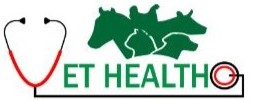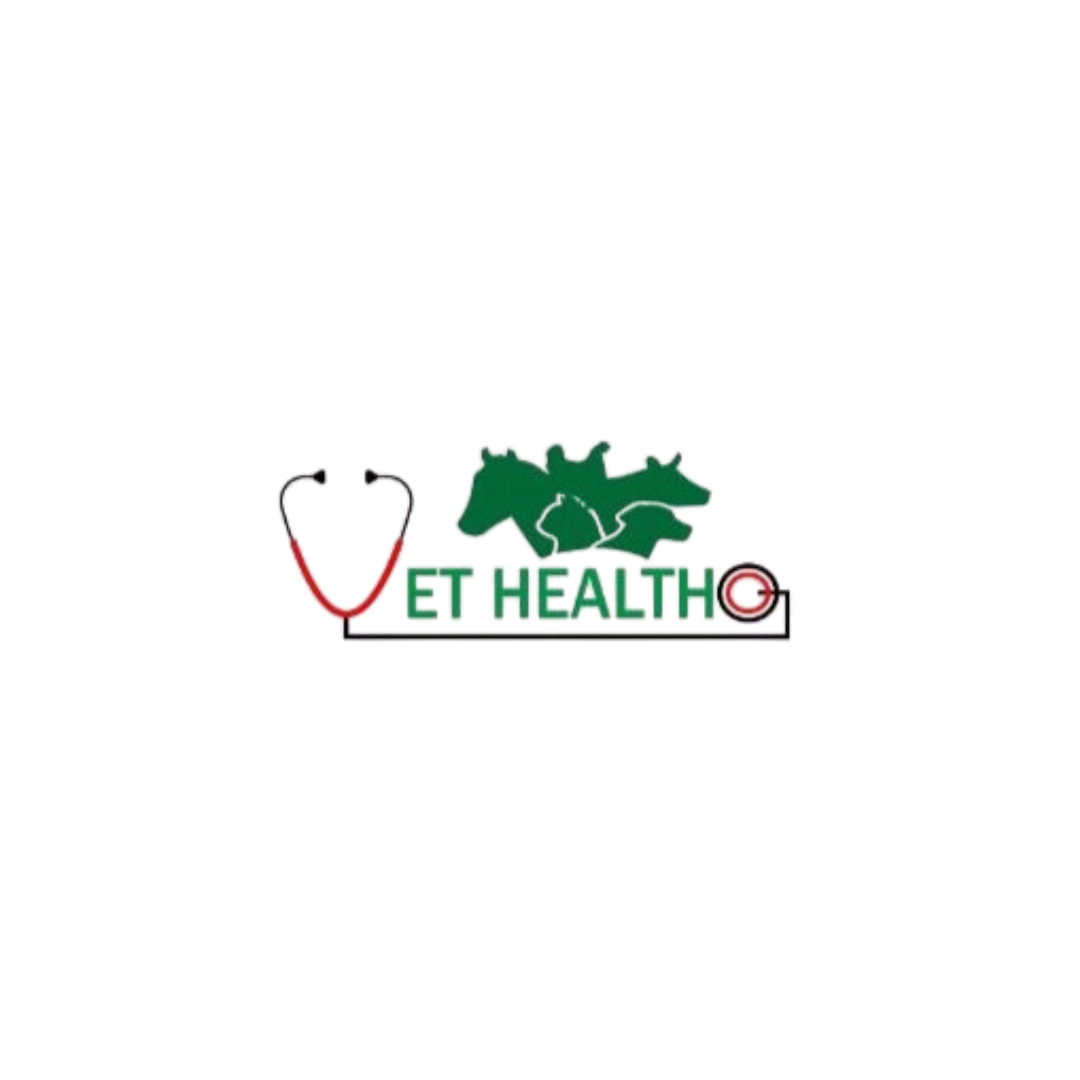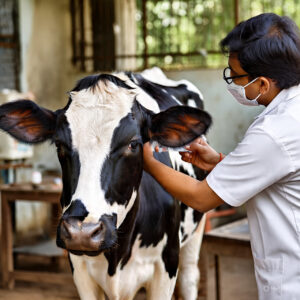Ensuring a proper calf growth diet in 2025 is essential for building a strong foundation in young cattle. Balanced nutrition not only boosts the calf’s immunity but also leads to optimal weight gain, better development, and future productivity in terms of milk yield and health.
Whether you’re managing a small dairy farm or a commercial cattle operation, understanding feeding milestones and nutrition stages is vital. Below is a comprehensive guide tailored to current research, seasonal needs, and cost-effective strategies for this year.
🍼 Key Feeding Stages in Calf Development
1. Colostrum Feeding (Birth to 3 Days)
The first and most critical step in calf rearing is colostrum feeding. The newborn calf must receive at least 4 liters of colostrum within the first 2 hours of life. This early feed is packed with immunoglobulins (antibodies), which help protect the calf against common neonatal infections.
- Ensure colostrum is of high quality (Brix score >22%).
- Feed 10% of calf body weight in colostrum within 12 hours.
- Use a bottle or esophageal feeder if the calf cannot suckle.
Tip: Store frozen colostrum as backup for emergencies.
2. Transition Milk & Whole Milk (3 Days to 3 Weeks)
After colostrum, feed transition milk or whole milk. Calves should receive 8–10% of their body weight in milk daily, divided into 2–3 feedings. Maintain milk temperature at 37–39°C to avoid digestive upset.
- You can also use milk replacers, ensuring at least 22% crude protein and 15–20% fat content.
- Do not overfeed to avoid bloating or scouring.
Feeding Schedule Example:
- Week 1–2: 2 liters, 3 times a day
- Week 3: Gradually reduce frequency, increase solid feed
Starter Feed Introduction (2–6 Weeks)
Introducing solid feed early supports rumen development. Start offering a calf starter from week 2. Choose a feed that is:
- Palatable
- Crude protein ≥ 18%
- Energy-dense and high in digestible fiber
Ensure fresh clean water is available 24/7, as it promotes feed intake.
Forage and Roughage (6–12 Weeks)
Once the calf consumes at least 1 kg of starter feed daily, begin offering small amounts of good-quality hay or green fodder. Avoid fibrous or coarse fodder at this stage.
- Lucerne, berseem, or soft napier can be introduced slowly.
- This supports rumen papillae development and better nutrient absorption.
Mineral Supplements & Additives
To prevent deficiencies and enhance immune response, include:
- Mineral Mixtures: 25–50g per calf per day
- Vitamins A, D3, E, B-complex (available in calf tonics)
- Probiotics & Yeast Cultures to improve gut health
Recommended Products (External Link):
NDDB Calf Ration Guidelines
Seasonal Feeding Tips for 2025
Summer (April–June):
- Provide cool water and shade.
- Add electrolytes to prevent dehydration.
- Reduce fat content in milk replacer slightly.
Monsoon (July–September):
- Maintain hygiene to prevent diarrhea.
- Avoid spoiled fodder or wet hay.
- Deworming is essential post-rain.
Winter (November–February):
- Increase energy content of diet (molasses, grains).
- Use calf jackets or shelter for newborns.
- Warm water feeding is advisable.
Common Mistakes in Calf Feeding (And How to Avoid Them)
| Mistake | Consequence | Solution |
|---|---|---|
| Overfeeding milk | Bloating, diarrhea | Follow body-weight feeding ratio |
| Late colostrum feeding | Weak immunity | Feed within 2 hours post-birth |
| Lack of clean water | Poor feed intake | Fresh water 24/7 |
| Ignoring deworming | Poor weight gain | Deworm at 15 days, then monthly |
Low-Cost Feeding Tips for Small Farmers
Many small-scale farmers believe that calf nutrition is expensive. However, with the right planning:
- Use locally available grains and fodder.
- Participate in government cattle nutrition programs.
- Share vet visits and vaccination drives with neighboring farms.
- Keep a feeding logbook for each calf.
Why Calf Growth Diet Matters in 2025
- Better adult milk yield and fertility
- Reduced veterinary costs in adulthood
- Improved disease resistance
- Faster time to market weight in beef cattle
Healthy calves are the future of your herd. By focusing on a science-based calf growth diet in 2025, you’re investing in the long-term success of your dairy or meat production business.




